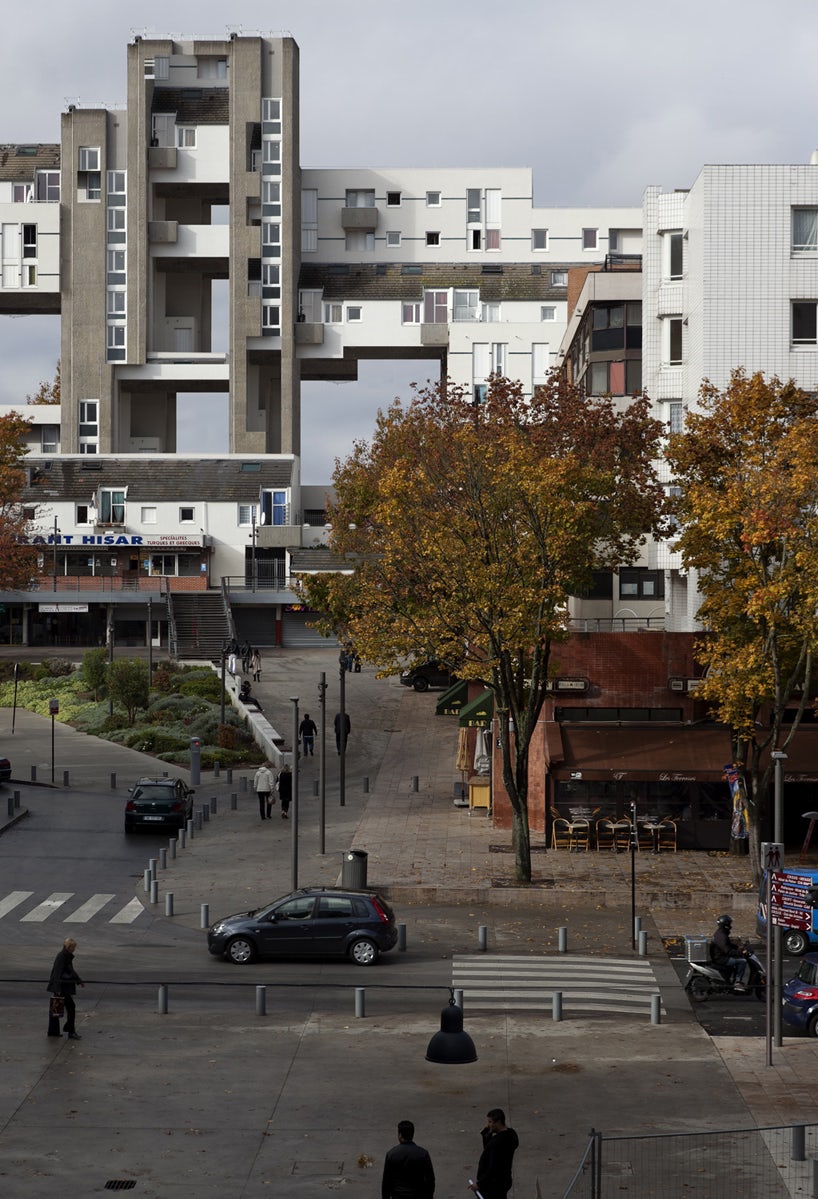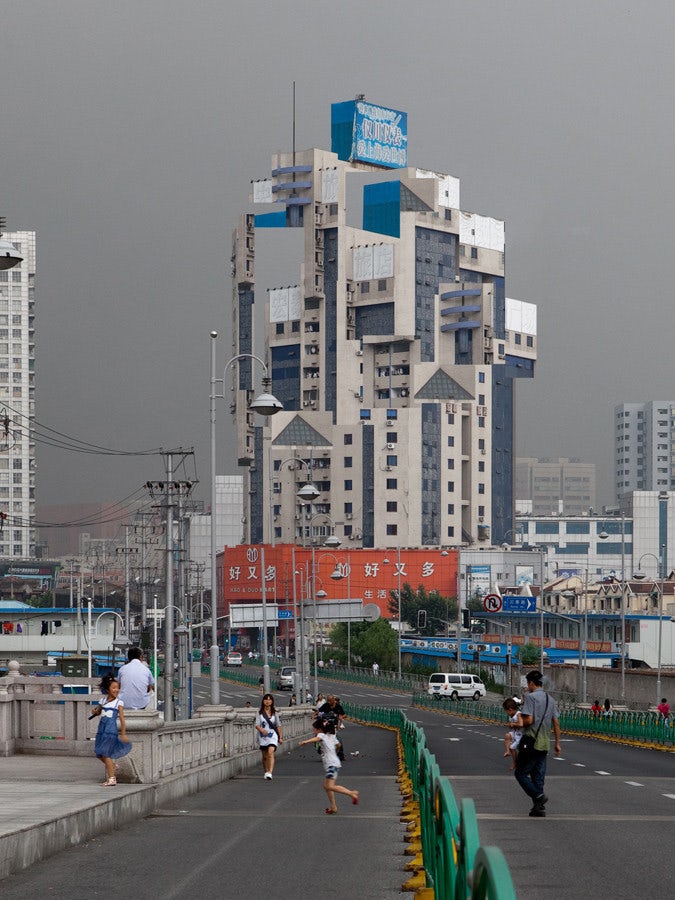Even though we’ve grown used to seeing Photoshopped images, this doesn’t mean that doctored photos have lost their ability to unsettle or provoke us as viewers. This is the impetus behind artist Olivier Ratsi‘s “Anarchitecture” series, where familiar buildings are edited into uncanny versions by manipulating colors, textures, and edges to make impossible-looking new skylines.

All images courtesy Olivier Ratsi

Joy City
Part of the larger WYSI*not*WYG (What You See is Not What You Get) project, these new collages give new life to old buildings, making the familiar unfamiliar. This is what makes the images so startling — they do not seem like they are completely fake, even though we know they have been altered. The evolution of the urban landscape via small edits suggests an evolving fictitious place.

Hao and Duo.

Hisar.

206.
By challenging our perception of what we already know, it calls attention to our individual subjectivities. Ratsi says he is inspired by Impressionist art, Einstein’s restraint relativity, Niels Bohr and Werner Heisenberg’s quantum mechanics, and Heinz Dieter Zeh and his work on quantic decoherence. In Space Ana (below), the same treatment is given in real-time on the façade of buildings. The projection-mapping installation changes the way we see the building illuminating it with shifting shapes and shadows in orchestrated chaos.
So far, Ratsi has traveled to Tokyo, Shanghai, Evry, Seoul, and Grand Paris finding new ways to challenge our objective reality. The digital images edit reality in a similar way as Ratsi’s work with the “visual label” Antivj, such as the “O (Omicron)” video, in which Wroclaw’s Centennial Hall is transposed into a flashing light display, like a pinball machine that has gone haywire. The light and sound display challenges our perception of the space and composition of the large concrete dome, again making the familiar unfamiliar.
Hat-tip to PSFK



